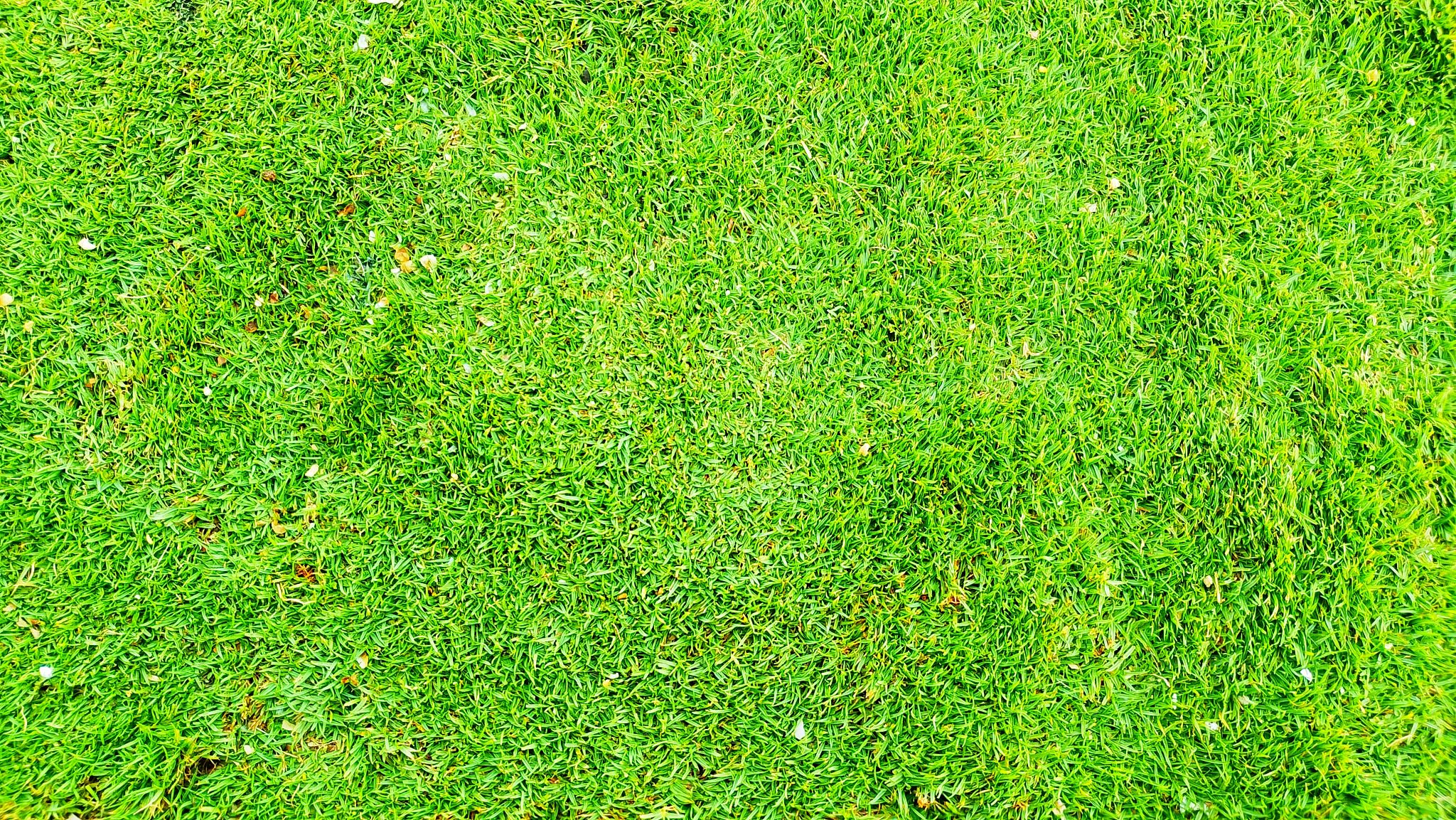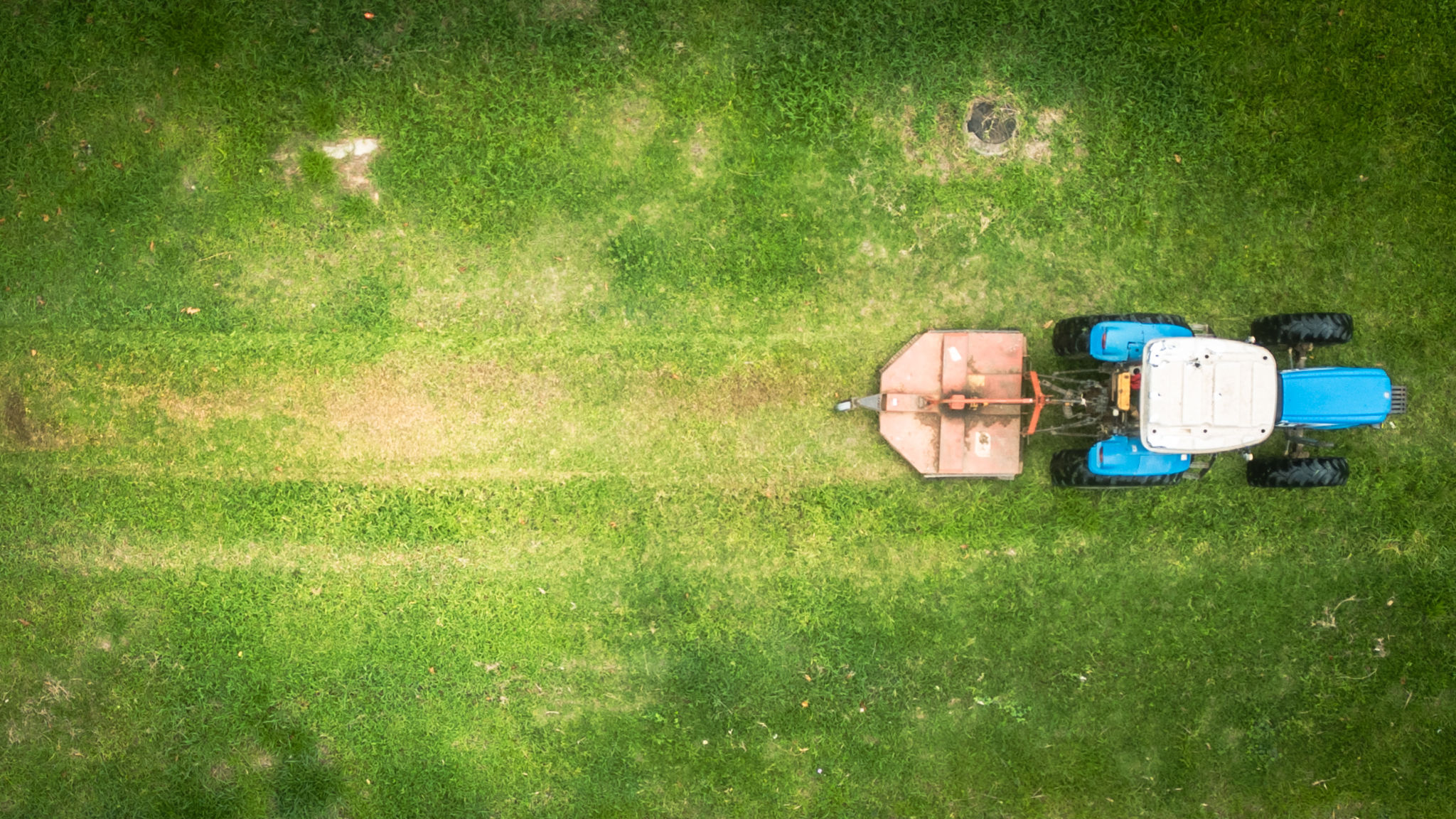How Bermuda Grass Aeration Can Revitalize Your Lawn: A Step-by-Step Guide
Understanding the Importance of Aeration
Bermuda grass is a popular choice for lawns due to its durability and lush appearance. However, without proper maintenance, it can become compacted, leading to poor growth and a lackluster lawn. Aeration is a crucial process that helps to alleviate soil compaction, allowing air, water, and nutrients to penetrate the grassroots. This not only enhances the health of your lawn but also revitalizes its appearance.

During aeration, small plugs of soil are removed from the ground, creating space for your Bermuda grass to breathe and grow more vigorously. This process is particularly beneficial if your lawn experiences heavy traffic or if the soil is clay-like, as these conditions can exacerbate compaction.
When to Aerate Your Bermuda Grass
The timing of aeration is critical to ensure the best results. For Bermuda grass, the optimal time for aeration is during its peak growing season, which typically falls in late spring to early summer. Performing aeration during this period allows the grass to recover quickly, filling in the holes left by the plugs and promoting a thick, healthy lawn.
It's advisable to avoid aerating during the dormant season, as this can stress the grass and slow down its recovery. Additionally, ensure that the soil is moist before aerating, as this makes the process more effective and easier to execute.

Step-by-Step Guide to Aerating Your Lawn
To aerate your Bermuda grass lawn successfully, follow these simple steps:
- Prepare your lawn: Mow the grass to a shorter height than usual to make the aeration process more effective.
- Choose the right tool: Use a core aerator, which removes plugs of soil, rather than a spike aerator that can increase compaction.
- Aerate the lawn: Run the aerator over the lawn in a systematic pattern, ensuring you cover the entire area. Make multiple passes on highly compacted areas.
Post-Aeration Care
After aeration, it's essential to follow up with appropriate lawn care to maximize the benefits. Here are some post-aeration tips:
- Leave the soil plugs: Allow the plugs to decompose naturally. They will break down and return nutrients to the soil.
- Fertilize: Apply a high-quality fertilizer to provide essential nutrients that will support new growth.
- Water thoroughly: Ensure the lawn receives adequate water to help with recovery and promote healthy growth.

Benefits of Regular Aeration
Regular aeration offers numerous benefits that contribute to a thriving Bermuda grass lawn. By reducing soil compaction, it improves root development and enhances drought resistance. Aeration also helps in reducing thatch buildup, which can harbor pests and diseases. A well-aerated lawn is not only healthier but also more visually appealing, providing a lush green space for your family and friends to enjoy.
In conclusion, aerating your Bermuda grass lawn is a simple yet highly effective way to ensure it remains vibrant and healthy. By following the steps outlined above and incorporating regular aeration into your lawn care routine, you'll enjoy a stunning lawn that stands out in your neighborhood.